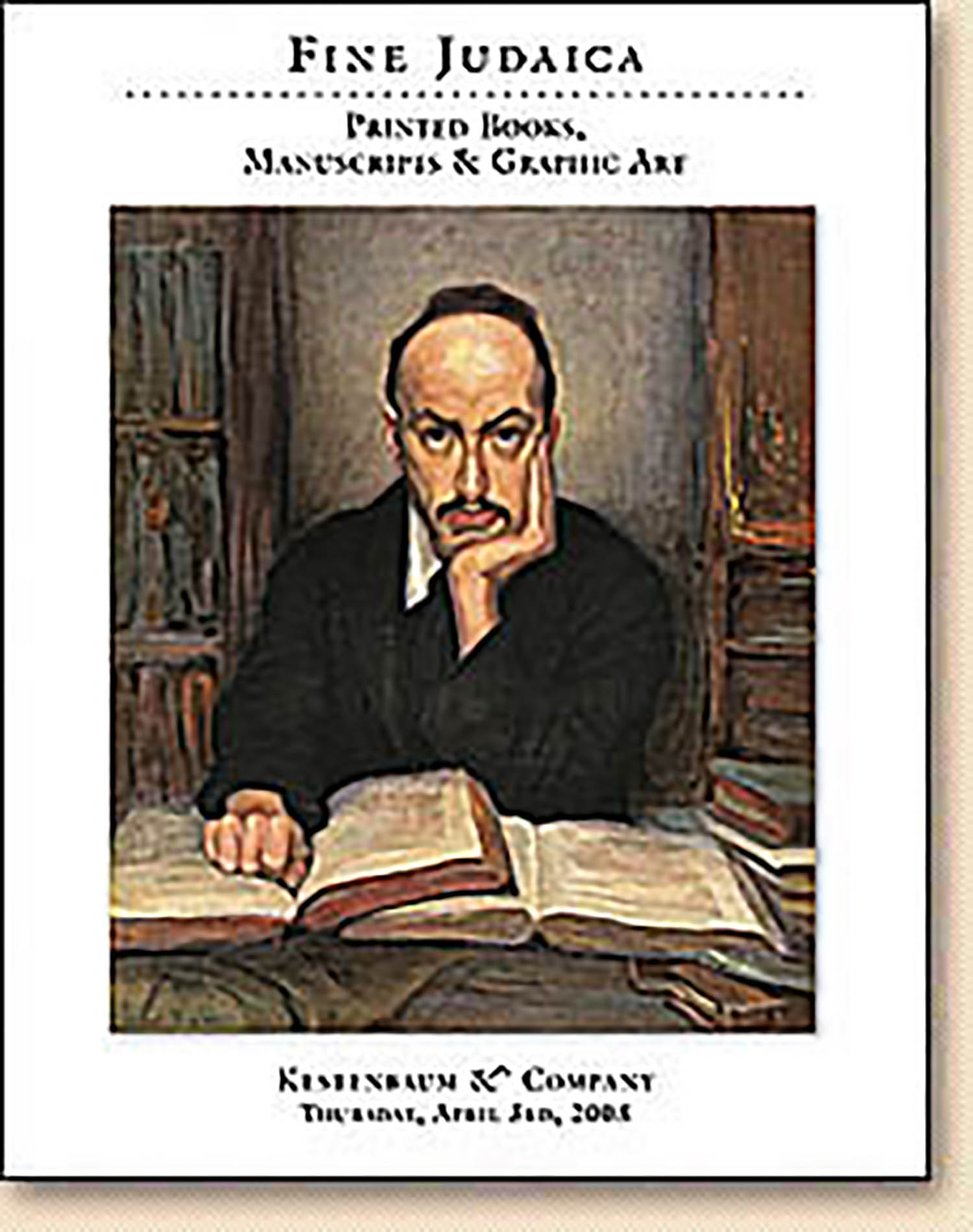[Machzor Ha-Gadol Mikol Ha-Shana. According to Aschkenazi rite

AUCTION 39 |
Thursday, April 03rd,
2008 at 1:00
Fine Judaica: Printed Books, Manuscripts, Autograph Letters & Graphic Art
Lot 211
(LITURGY)
[Machzor Ha-Gadol Mikol Ha-Shana. According to Aschkenazi rite
Salonika: Solomon & Joseph Yaavetz, ca. 1550
Est: $15,000 - $20,000
The respected editor of this important Machzor was R. Binyamin HaLevi Aschkenazi, Rabbi of the Aschkenazic community of Salonika. His ancestors hailed from Nuremburg as delineated in the lengthy colophon, which contains many personal details of his life and the tragedies that befell him during the course of the publication of this Machzor, indeed he includes here original Kinoth (elegies) written upon the death of six of his children due to fire and plague (ff.186-187). See D. Goldschmidt pp. 252-265 for a full description of these elegies.
Later Aschkenazic Machzorim published in Sabionetta-Cremona, 1555-60 and Venice, 1568 follow this Machzor's pioneering effort and include many of the laws, customs and commentaries as compiled by R. Binyamin HaLevi.
Steinschneider dates this rare volume as 1555-6, however Yudlov in Ginzei Yisrael followed by Vinograd established the date as ca. 1550 based upon the date of the elegies. The word "Machzor" is referenced here in the older sense, of an annual cycle, thus the liturgical text is closer to that of a Siddur containing prayers and texts for the entire year as opposed to the later use of the term for Festival prayers
